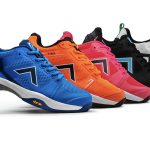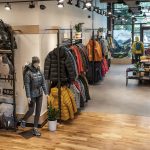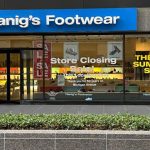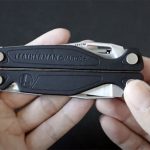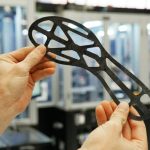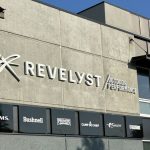We speculated just a few weeks ago (SEW 0325) about the effect the apparent climb in Q1 retail inventories would have on results for the vendors as we moved into the calendar second quarter.
After reviewing the first of the vendor Q2 reports released this last week, it appears that the issue has indeed moved up the supply chain and could spell Q3 margin pressure for vendors in the third quarter while providing increased opportunity for retailers to build margin for Back-to-School and Holiday.
Granted, the companies reporting last week are a small cross-section of the industry as a whole, but it does give us reason to dig a bit deeper into the numbers as the reports flow in over the next few weeks.
If we look back at Nikes fiscal year-end report two weeks ago, we saw product inventories up 10.3% at the end of the quarter while futures backlog only increased 4.4%.
Assuming that Nike will maintain their futures-to-fill ratio at the current 75% rate, the additional inventory creates potential off-price opportunities for retailers.
Of the vendors reporting last week, only Callaway saw a decrease in year-on-year inventories at the end of the quarter, due primarily to a shift in its business to later in the quarter. The shift also impacted receivables, where the later deliveries left more current A/R on the books at the end of June.
However, Oakley, Vans and others signaled trouble ahead as inventory out-paced growth by a wide margin.
Oakley saw inventories jump 19.2% at the end of the period while futures backlog increased just 8.2%. Neither number takes into account the currency exchange rate impact, but we can assume it affects both equally.
Vans reported that inventory increased by almost a third over the year-ago period and did not give any indication of the backlog picture. Based on current sales trends here, we can only assume the backlog picture is not keeping pace. The company pointed to in-transit goods and a deeper fill position for the retail stores as reason for the increase.
Huffy also saw a big rise in inventories at the end of Q2, but explained much of the increase due to the acquisition of Gen-X. With an 83.5% jump in inventory, one could challenge HUF that the increase far outweighs the sales contribution from Gen-X. The company said the $22 million increase in goods on hand was about $5 million more than they had anticipated.
Timberland looks to be a bit cleaner, with inventory up 8.0% at the end of June versus the same period a year ago, but cautioned the market on the back half of the year, saying in a conference call with analysts that they are planning flat sales growth in the U.S., “reflecting retailer caution” and mid-single digit growth in Europe, including the benefits of the weaker dollar.
Surprisingly, we saw little negative pressure on margins even as the inventories grew, as most of the vendors pointed to better factory pricing to help maintain gross margins. A growing International business helped Timberland and a surging company-owned retail segment helped Vans in the GM line.
But the increasing inventories and opportunity deals in the market should put more downward pressure on the GM line over the next quarter.
We will keep our eye on the reports as they filter in through the month and will do a complete wrap up and analysis of the vendor base at the end of the reporting cycle, but our first impression-supported by much input from our readers — is that there are nice opportunities in the market for retailers to choose from and that bodes well for profits in the retailers Q3.
>>> If history is an indicator, we see vendors pulling back on inventory commitments now which will most likely mean a very dry spring 04 season for off-price and opportunity buys if we have a reasonably healthy back half at retail…

